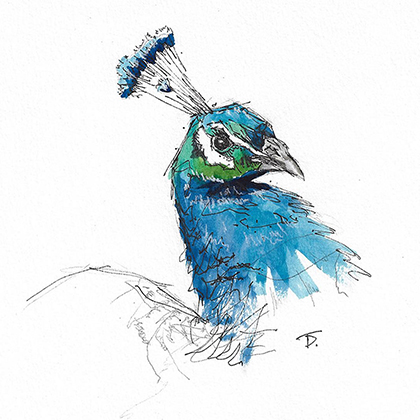
Welcome to 'Master the Art: Top 10 Exceptional Techniques for Sketching With Charcoals'.
In this insightful article, we will delve into the world of charcoal sketching, exploring the power of blending, harnessing contrast, and layering techniques to create depth and dimension.
We will also uncover the versatility of charcoal, from bold strokes to fine details, and reveal the secrets of erasing, highlighting, and embracing imperfections.
Get ready to push your artistic boundaries as we explore the exceptional techniques that will elevate your charcoal sketches to new heights of freedom and expression.
The Power of Blending: Creating Smooth Transitions With Charcoal
The blending technique is an essential skill for artists seeking to create smooth transitions in their charcoal sketches. Blending techniques involve the careful manipulation of charcoal to create seamless gradations and transitions between different tones and values.
By blending, artists can achieve a sense of depth and dimension in their artwork, as well as create realistic and lifelike effects. There are various blending techniques that artists can employ, including using a blending stump, a tortillon, or even their fingers.
Each technique offers a different level of control and precision, allowing artists to experiment and find the method that works best for them. Through the mastery of blending techniques, artists can truly harness the power of charcoal and create artworks that captivate and engage the viewer.
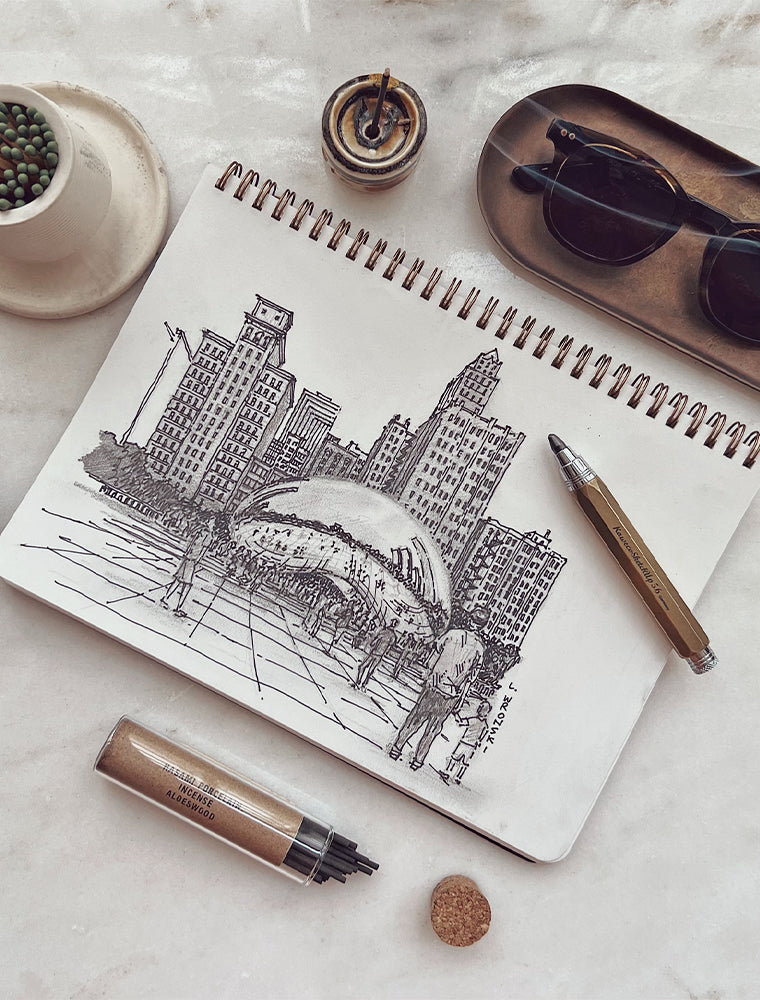
Harnessing Contrast: Mastering Light and Shadow in Charcoal Sketches
When working with charcoal sketches, artists must skillfully manipulate light and shadow to create dynamic and visually striking artworks. Hatching and cross-hatching techniques are essential for creating texture and depth with charcoal. By varying the direction, density, and spacing of the lines, artists can achieve different levels of shading and tonal values. This allows them to capture the play of light on different surfaces in their charcoal sketches.
Layering Techniques: Building Depth and Dimension in Your Charcoal Artwork
Artists can achieve a sense of depth and dimension in their charcoal artwork through the strategic layering of tones and textures. By building texture layer by layer, artists can create a three-dimensional effect that adds depth and realism to their sketches.
The process involves applying multiple layers of charcoal, smudging and blending them together to create smooth transitions and gradients. This technique allows artists to create a range of values, from light to dark, which adds depth and dimension to their artwork.
Additionally, layering can be used to create dramatic effects, such as highlighting certain areas or adding shadows for a more dynamic composition. By mastering the art of layering, artists have the freedom to create artwork that truly captivates and engages viewers.
Exploring Different Charcoal Types: From Vine to Compressed, Which Is Right for You
When it comes to sketching with charcoals, the type of charcoal you use can greatly impact your artwork.
From vine charcoal to compressed charcoal, each type has its own unique qualities and characteristics.
Understanding the differences between these charcoal types is essential in finding the perfect fit for your artistic style and desired outcome.
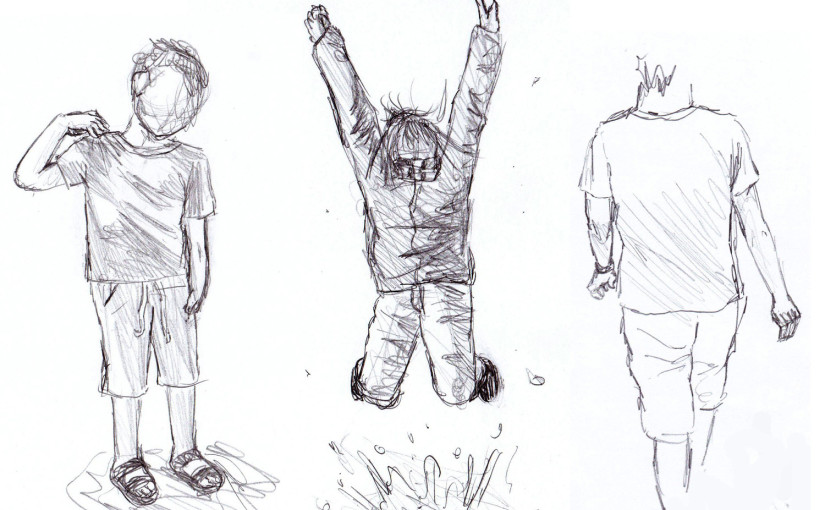
Choosing Charcoal Types
As you delve into the world of sketching with charcoals, it is essential to explore the different types of charcoal available, from vine to compressed, in order to determine which is the right choice for your artistic needs.
Understanding charcoal properties and charcoal grades will help you make an informed decision. Vine charcoal, made from burnt willow twigs, is soft and easily smudged, making it perfect for creating preliminary sketches and light shading. Willow charcoal, on the other hand, is darker and harder, allowing for more detailed work.
Compressed charcoal, available in pencil or stick form, is dense and delivers rich, bold lines. It is ideal for creating dramatic and expressive drawings.
Ultimately, the choice of charcoal type depends on your personal preference and the effect you want to achieve in your artwork.
Finding the Perfect Fit
With a multitude of charcoal types available, from vine to compressed, it is important to explore and understand each option to determine the perfect fit for your artistic style and technique.
Finding inspiration for your artwork can sometimes be a challenge, but experimenting with different charcoal types can help overcome this hurdle. Vine charcoal is soft and easily blendable, making it ideal for preliminary sketches and creating expressive, loose lines.
On the other hand, compressed charcoal offers darker and more intense marks, perfect for adding depth and detail to your drawings.
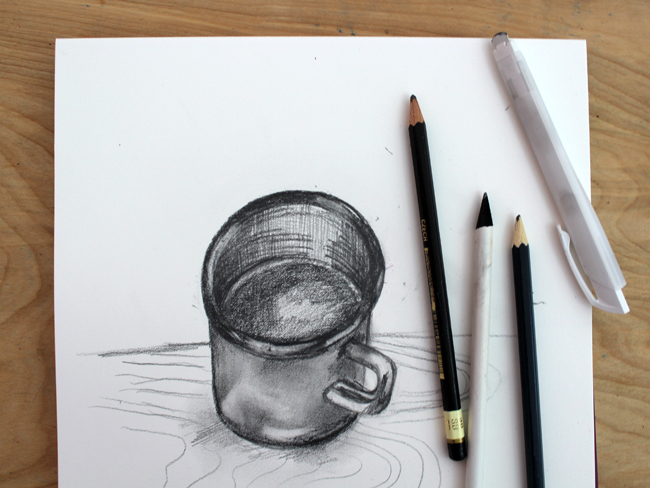
The Versatility of Charcoal: From Bold Strokes to Fine Details
The versatility of charcoal as a medium for sketching lies in its ability to create both bold and delicate strokes. Artists can achieve a wide range of effects by manipulating the pressure and angle of the charcoal on the paper.
Additionally, charcoal offers versatile shading techniques, allowing artists to create depth and dimension in their sketches. It is particularly well-suited for capturing intricate details, as the softness of the medium allows for precise lines and fine textures.
Bold Vs Delicate Strokes
Charcoal sketching offers artists the ability to create impactful and intricate drawings through the use of bold and delicate strokes. The versatility of charcoal allows artists to experiment with different stroke techniques to create a range of effects and textures.
Bold strokes: By applying pressure and using thicker charcoal sticks, artists can create bold and expressive lines that instantly grab the viewer's attention. These bold strokes are perfect for capturing the main subjects and adding a sense of energy and dynamism to the drawing.
Delicate shading: On the other hand, delicate strokes are achieved by using a light touch and thin charcoal lines. This technique is ideal for adding subtle details, creating soft textures, and achieving a sense of depth and dimension in the drawing.
Versatile Shading Techniques
From creating smooth gradients to adding depth and dimension, charcoal offers artists a wide range of shading techniques to bring their sketches to life. One of the most versatile aspects of charcoal is its ability to blend. Artists can use their fingers, blending stumps, or even soft brushes to create seamless transitions between different shades. This allows for a smooth and realistic representation of light and shadow.
Additionally, charcoal can be used to create texture in drawings. By varying the pressure and direction of the strokes, artists can mimic the texture of different surfaces such as fur, wood, or fabric. This adds a sense of depth and realism to the artwork.
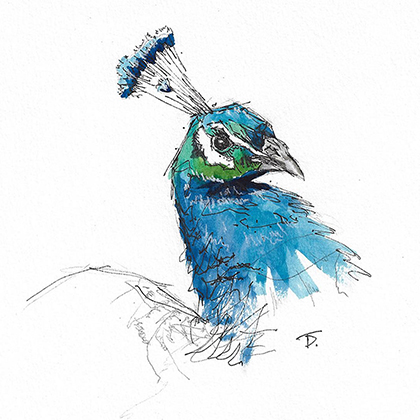
Whether an artist prefers bold strokes or fine details, charcoal provides the freedom to explore various blending techniques and create texture that enhances the overall visual impact of their sketches.
Charcoal for Intricate Details
With its ability to capture intricate details, charcoal proves to be an essential tool for artists seeking to add depth and precision to their sketches. Whether used for portraits or still life, charcoal offers a range of techniques that allow artists to create stunning and realistic renderings.
Here are four ways in which charcoal can be used to achieve intricate details:
Smudging: By gently blending and smudging the charcoal with a stump or finger, artists can create soft and subtle details.
Layering: Building up layers of charcoal allows for the gradual buildup of tones and textures, resulting in intricate and nuanced details.
Erasing: Charcoal can be easily lifted off the paper using a kneaded eraser, allowing artists to selectively remove and refine details.
Fine lines: Charcoal pencils or sharpened sticks can be used to create precise and delicate lines, perfect for capturing intricate features.
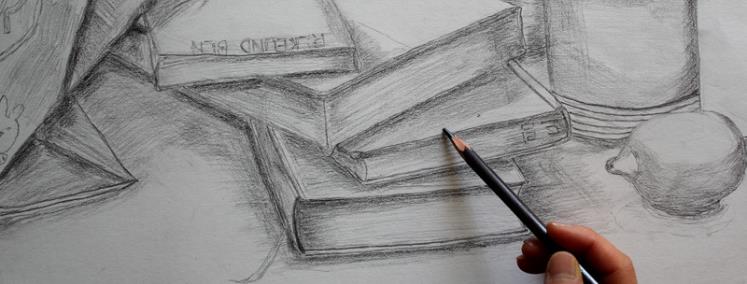
With its versatility, charcoal empowers artists to explore their creativity and achieve intricate details in their sketches, whether they are capturing the human form in a portrait or the intricate details of a still life composition.
Creating Textures: Capturing the Essence of Surfaces With Charcoal
One must master various techniques to effectively capture the essence of different surfaces when sketching with charcoal.
Capturing textures with charcoal is a challenging yet rewarding aspect of the medium. Charcoal's versatility allows artists to create a wide range of textures, from smooth and soft to rough and gritty.
To capture various textures, artists can utilize techniques such as hatching and cross-hatching to create depth and dimension. By varying the pressure and direction of their strokes, they can mimic the appearance of different surfaces, such as the smoothness of glass or the roughness of tree bark.
Additionally, artists can use charcoal pencils to add finer details and create more intricate textures.
The key to successfully capturing texture with charcoal lies in observation and experimentation, allowing artists the freedom to express the essence of different surfaces through their sketches.
Erasing and Highlighting: Techniques for Adding Light to Your Charcoal Sketches
However, by employing specific techniques, artists can effectively add light and highlights to their charcoal sketches, enhancing the overall depth and realism of their artwork. To achieve this, they can utilize a variety of blending techniques and shading techniques.
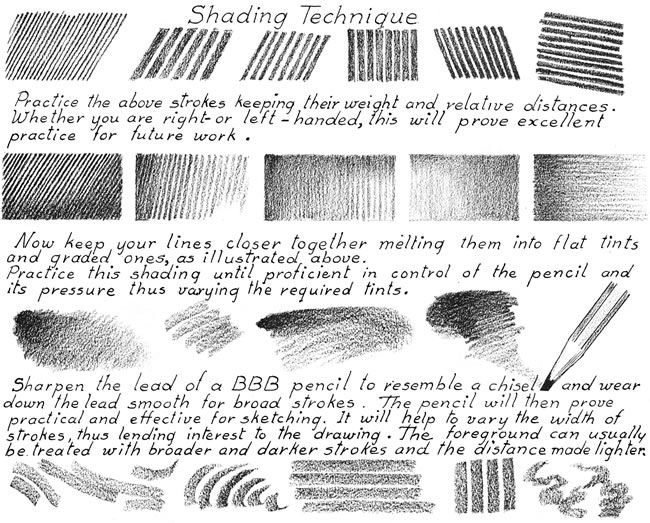
Here are four techniques that can help artists create light and highlights in their charcoal sketches:
Smudging: By using a blending stump or a soft cloth, artists can gently smudge the charcoal to create softer and lighter areas in their sketches.
Lifting: Using an eraser, artists can selectively remove charcoal to create highlights and add dimension to their drawings.
Layering: By layering different shades of charcoal, artists can create a range of values, including lighter areas that simulate the play of light and shadow.
Feathering: This technique involves using the side of the charcoal stick to create soft, feathery strokes that mimic the effect of light hitting an object.
These techniques, when combined with careful observation and practice, can help artists add luminosity and realism to their charcoal sketches.
Embracing Imperfections: Using Smudges and Smears to Enhance Your Charcoal Art
To fully explore the expressive potential of charcoal art, artists can incorporate smudges and smears into their sketches, allowing for a dynamic and textured effect. The use of smudging and smearing techniques in charcoal art goes beyond traditional methods, giving artists the freedom to explore unconventional approaches.
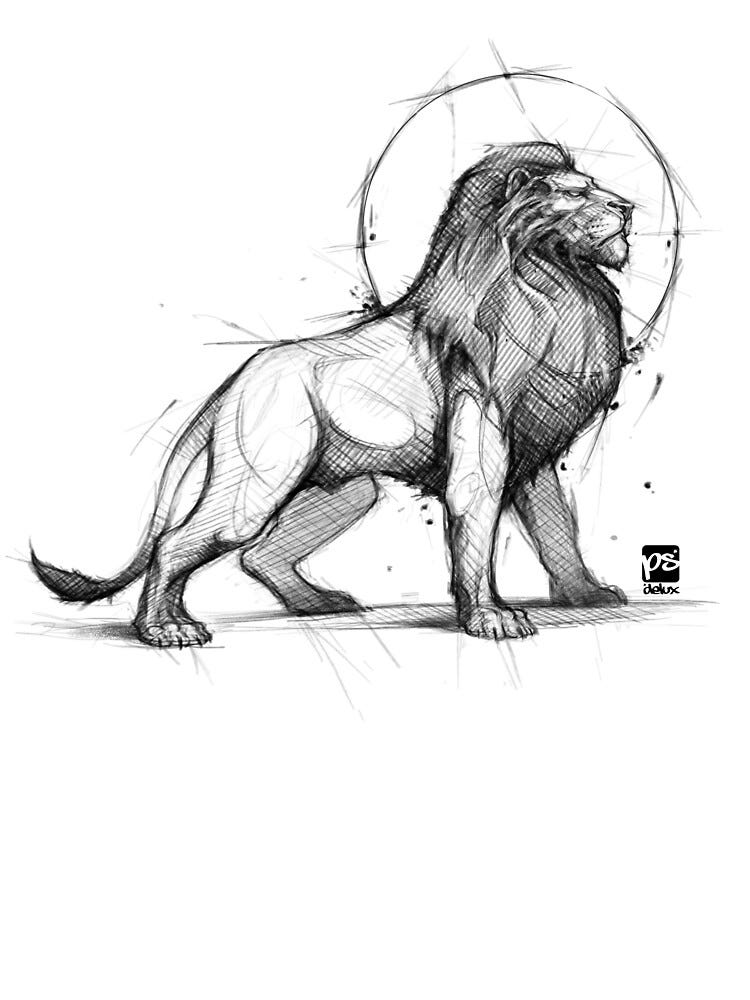
One way to achieve interesting effects is by using unconventional tools for smudging and smearing, such as cloth, fingers, or even unconventional materials like feathers or sponges. These tools can create unique textures and patterns that add depth and visual interest to the artwork.
Embracing accidents is another aspect of using smudges and smears in charcoal art. Instead of seeing mistakes as flaws, artists can turn them into unique and unexpected elements in their sketches. These accidents can add an organic and spontaneous quality to the artwork, making it more engaging and expressive.
Working With Fixatives: Preserving and Protecting Your Charcoal Masterpieces
When it comes to charcoal artwork, preserving and protecting your masterpieces is crucial to ensure their longevity.
One of the most effective ways to do this is by working with fixatives. Fixative application techniques play a vital role in not only enhancing the durability of your artwork, but also in preventing smudging and smearing over time.
Additionally, understanding the importance of long-term artwork preservation will enable artists to take the necessary steps to safeguard their charcoal creations for years to come.
Fixative Application Techniques
While there are various techniques for sketching with charcoals, one essential aspect that should not be overlooked is the application of fixatives to preserve and protect your charcoal masterpieces. Fixatives are a crucial tool for artists working with charcoal as they help to prevent smudging and ensure the longevity of the artwork.
Here are some fixative application techniques to consider:
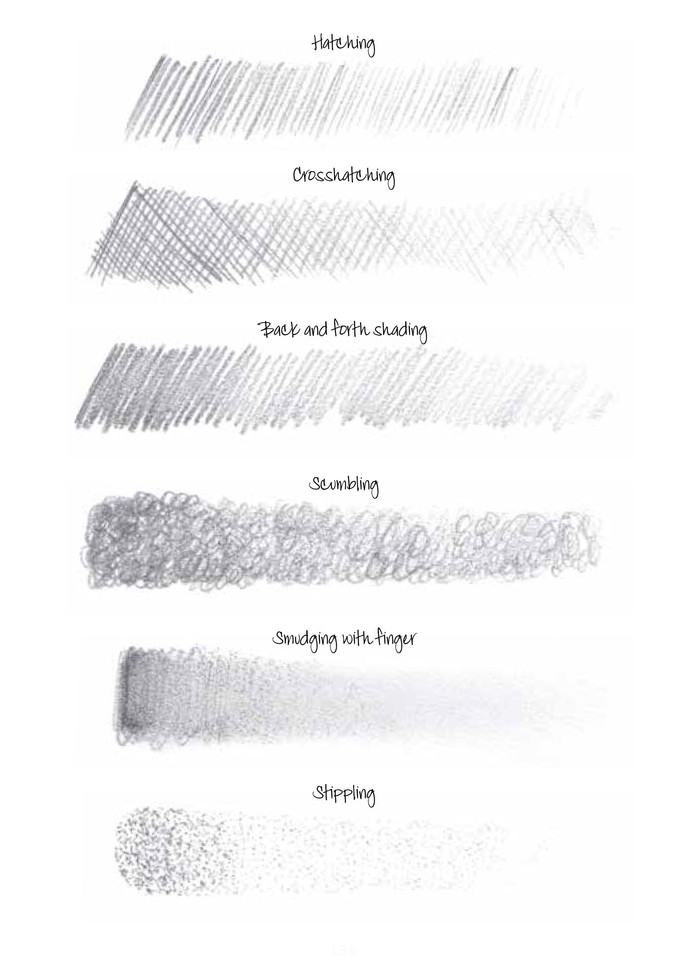
- Evenly spray the fixative from a distance of about 12 inches, using a sweeping motion.
- Apply multiple light coats of fixative rather than one heavy coat to avoid over-saturation.
- Allow each coat to dry before applying the next to prevent unwanted blending.
- Experiment with different fixative options, such as workable fixatives that allow for further charcoal application.
Long-Term Artwork Preservation
Properly preserving and protecting your charcoal masterpieces is essential for long-term artwork preservation, ensuring that they can be enjoyed and admired for years to come.
One of the key aspects of preserving charcoal artwork is using acid-free materials. Acidic materials can cause the charcoal to deteriorate over time, leading to discoloration and damage. By using acid-free paper, mats, and framing materials, you can prevent this degradation and preserve the integrity of your artwork.
Additionally, varnishing techniques can provide an extra layer of protection. Varnishes create a barrier between the charcoal and the environment, shielding it from dust, moisture, and UV radiation. This helps to prevent fading, smudging, and other forms of damage. It is important to choose a varnish specifically designed for charcoal artwork and to follow the manufacturer's instructions for application.
In the realm of charcoal sketching, artists can push the boundaries of their work by experimenting with the incorporation of mixed media. By combining charcoal with watercolor, they can achieve stunning effects and create unique pieces that capture the essence of their artistic vision. This unconventional approach allows artists to explore the interplay between the bold, expressive strokes of charcoal and the delicate, translucent layers of watercolor.
The combination of these two mediums opens up a world of possibilities, offering artists the freedom to experiment with texture, contrast, and depth. The result is artwork that is rich in visual interest and emotional impact. When charcoal and watercolor come together on the canvas, the boundaries of traditional sketching are transcended, and new realms of creativity are unlocked.
Blending the fluidity of watercolor with the boldness of charcoal creates a dynamic interplay of textures.
The combination of these mediums allows for the exploration of contrast and depth in the artwork.
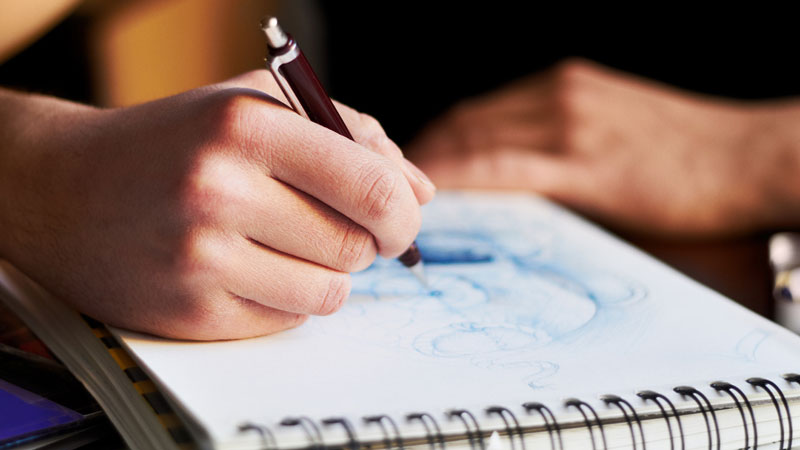
Experimenting with unconventional materials can lead to unexpected and exciting results.
The freedom to mix and layer charcoal and watercolor creates a sense of artistic liberation.
Frequently Asked Questions
Can Charcoal Sketches Be Framed and Displayed Like Other Types of Artwork?
Charcoal sketches can be framed and displayed like other types of artwork. There are various framing options available, such as using a matte and glass or a floating frame, and displaying techniques, such as hanging on a wall or placing on an easel.
Are There Any Specific Safety Precautions to Take When Working With Charcoal?
Safety measures and precautionary steps should be taken when working with charcoal to minimize the risk of inhalation of harmful particles and potential fire hazards. Proper ventilation, protective gear, and safe storage are essential for a secure and productive artistic practice.
How Do I Choose the Right Paper for Charcoal Sketching?
When selecting paper for charcoal sketching, it is important to consider its texture, weight, and absorbency. Different papers offer unique qualities that can enhance or limit the effects of various charcoal techniques, allowing artists the freedom to experiment and achieve desired results.
Can I Use Charcoal Pencils Instead of Traditional Charcoal Sticks for Sketching?
Charcoal pencils offer several benefits over traditional charcoal sticks for sketching. They provide more control and precision, allowing artists to create fine details and smooth gradients. Various techniques can be employed with charcoal pencils to achieve desired effects in sketches.
Are There Any Tips for Cleaning up Charcoal Smudges or Stains on Surfaces?
Cleaning techniques for charcoal smudges and stains on surfaces include using a soft eraser or brush to gently remove excess charcoal, followed by lightly dabbing the area with a damp cloth. Preventing smudges can be achieved by using fixative spray or working from top to bottom.
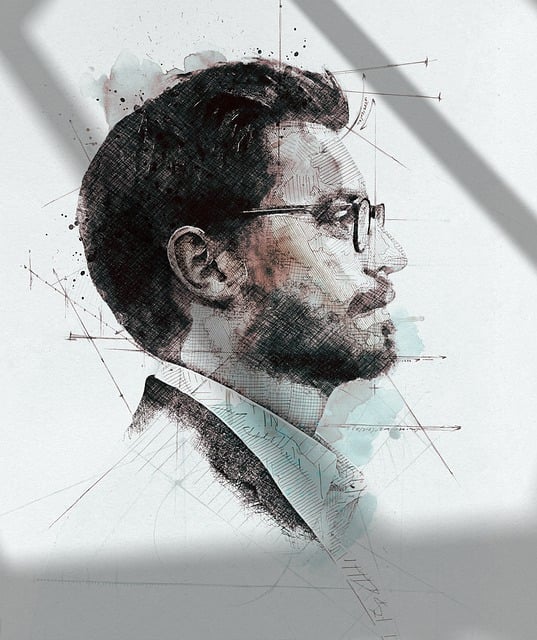
 Writing TipsCreative WritingJournalingSketching TechniquesBuying GuidesPrivacy PolicyTerms And Conditions
Writing TipsCreative WritingJournalingSketching TechniquesBuying GuidesPrivacy PolicyTerms And Conditions
